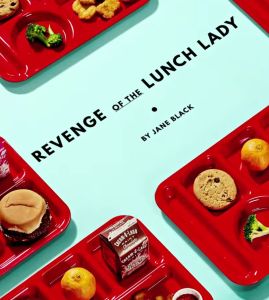Join getAbstract to access the summary!

Join getAbstract to access the summary!
Sam Kaplan
Revenge of the Lunch Lady
How an unassuming bureaucrat outsmarted Jamie Oliver and pulled off an honest-to-God miracle in one of America’s unhealthiest cities.
Huffington Post Highline, 2017
What's inside?
When Jamie Oliver let America’s least healthy city down, a local administrator stepped up.
Recommendation
When America’s unhealthiest city got the Jamie Oliver treatment in 2009, local people resented the foreigner’s intrusion. Oliver’s fresh, homemade food was too expensive, and the children didn’t like it. The British celebrity chef’s approach failed, but county food-service director Rhonda McCoy didn't give up on trying to create fresh, tasty food within her budget. Food writer Jane Black weaves her portrayal of McCoy as a passionate and practical, almost saintly administrator into this eye-opening account of the troubled history of the US National School Lunch Program. getAbstract recommends this article to parents of children who eat lunch at school and anyone interested in nutrition.
Summary
About the Author
Jane Black is a food writer who covers food politics, trends and sustainability issues for a variety of publications.

















Comment on this summary